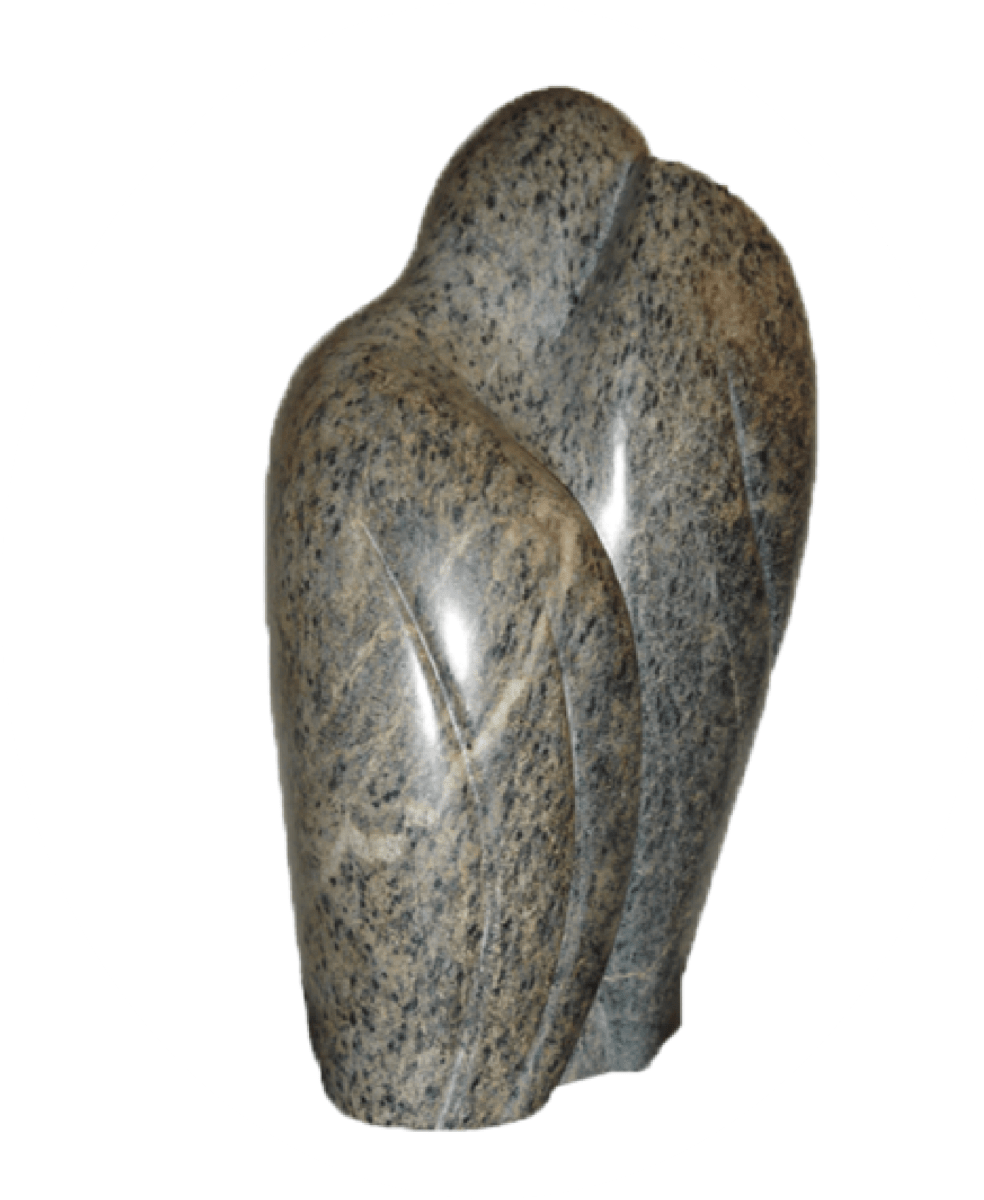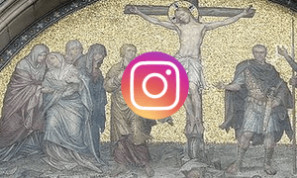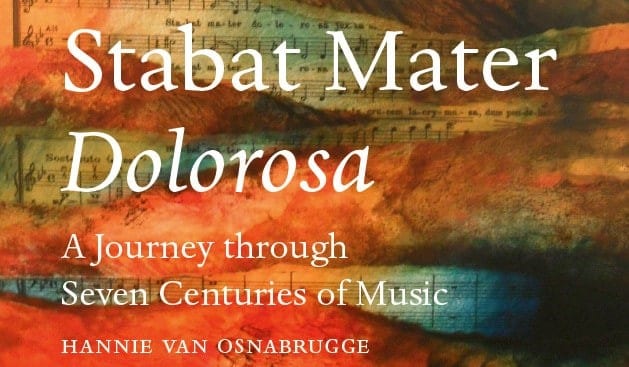Virgil Thomson
About the composer
Virgil Garnett Thomson was born in 1896 in Kansas City, Mo., USA. He studied at Harvard and then went to France where he, with an interruption during 1922-25, stayed until 1940. He was strongly influenced by Satie and also by Strawinsky. For the next 14 years he was critic for the Herald Tribune. Thomson was a man of lively wit and a sharp critic. He wrote some opera’s, and especially songs, rooted in American speech rhythms and Hymnbook harmony. Virgil Thomson died in New York in 1989.
About the Stabat Mater
| Date: | 1931 |
| Performers: | Soprano and string quartet |
| Length: | 5.31 minutes |
| Particulars: | According to Ned Rorem in the CD-booklet the Stabat Mater is one of the most moving pieces by Thomson, not in his usual fake-naïve manner, but with a lean and ambiguously modal counterpoint and a heartbreaking coda. |
| Textual variations: | The text used is not the Stabat Mater poem, but a 15-line exchange between an angel, Saint John, Mary at the cross, and Jesus. The text - not included in the CD-booklet - is written in French by Max Jacob, a Jewish poet turned to christianity. |
| Colour bar: |
As the Stabat Mater text is not used, a colorbar has not been made. |
Information about the recording
| CD: | Sony Classical MHK 60899: Modern American Vocal Works |
| More info: | Dedicated to songs of three modern American composers. Recorded in April 1951. I bought this CD in a record shop in the Netherlands, 1999 |
| Orchestra: | New Music String Quartet |
| Soloists: | Jenny Tourel, mezzo-soprano |
| Other works: | Samuel Barbour: Knoxville, Summer of 1915 + Hermit Songs |
| Code: | THO-01 |




